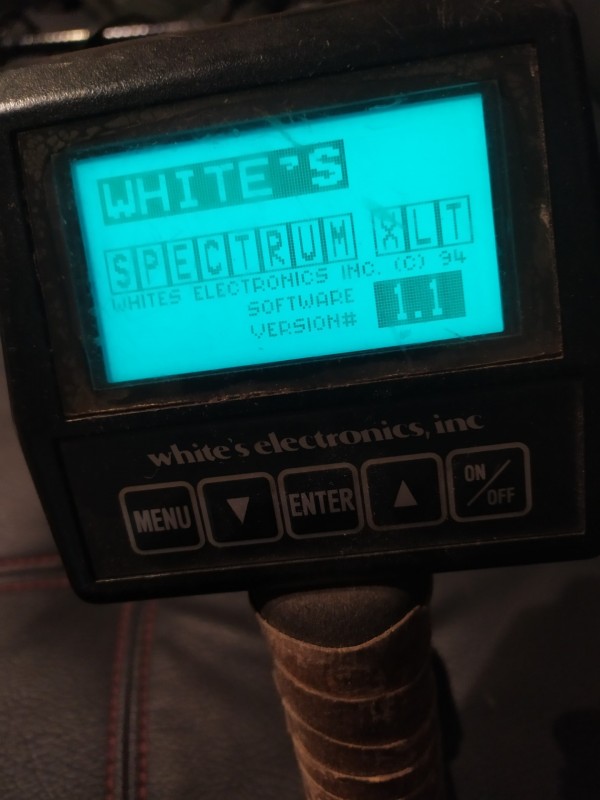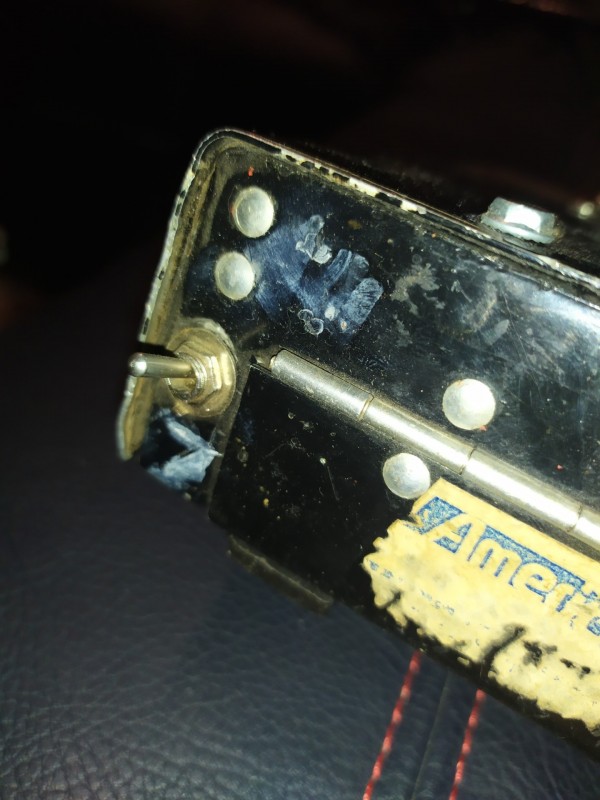-
Posts
1,348 -
Joined
-
Last visited
Content Type
Forums
Detector Prospector Home
Detector Database
Downloads
Everything posted by EL NINO77
-
It looks like that unboxind video ... that the GPX 6000 will have low weight. I was looking up data .. the weight of the detector is 4.6 lbs / 2.1 Kilogram...
-
-
let's take this case quite a demanding case of iron camouflage ... you need 70 khz for such unmasking .... 30 khz has no effect here .. ----------------------------------------------------------------------------------- at 30 khz you will go somewhere here ...
-
If we place on the table some specific parameters of the new minelab detector, such as IQ multifrequency up to the limit of 100 khz, it will open another door .. to improve separation, unmasking and identification of targets ... Physical limits, limits and rules for IB VLF We can't cross the detection ..., but we ask ourselves the question .... what percentage of this maximum has the manufacturers managed to use for the serial production of detectors ... in my opinion there are definitely some reserves - at least 10 to 15 percent. more ..while maintaining the current size of the 11 "coil ... The range of the detector on strong Mineralization after optimizing the VLF detector and the coil I see an increase of another 20- maybe 25% .. compared to VLF peak detectors .. 2D and 3D Separation will also increase when 100 khz is used, and will unmask some other targets that have so far been permanently disguised with thick iron .. that is a pure fact ... To this we can add the fact why minelab did not produce a8- 9 "coil for Equinox ... in order to achieve a good 3D separation on a 9" coil, you must use a significantly higher frequency if at an 11 "coil.
-
Although nowadays there are several coin detectors on the market with the ability to work efficiently at frequencies of 30 khz, 40 khz and more khz ... ,, so I think that Gmt working on 48 khz - without the possibility of identifying VDI and other other necessary the detector setting function would be a bit behind .. when detecting a coin -aj when using a larger coil ... In Steve's GMT Review you will find what coils were made for GMT ...
-
Luca .... if you want to make the Spectra V3I something similar to Mxt pro with 2 tone mix mode relic So you will have to adjust the program Relic or Hi for mix mode at Spectry .... especially for speed and separation, as well as for sufficient sensitivity and impact on small objects ... as well as sufficient resistance to more mineralized conditions .. First of all, get used to using the 3F multifrequency with TX bost ON ... as the standard multifrequency setting for Spectra..then then, Spectra has excellent sensitivity and range ... Further regulation of the stability of the detector by solving different terrain only by changing the setting of RX Gain ... I modified the Hi-pro program with mix mode ... to 3F multifrequency with Tx bost ON ... - Rx gain 5-7, 10hz or 12.5 hz band Ground filter, recovery delay 30, Sat to 40, sensitivity All metal 60, sensitivity DS 90-93, audio 2tone, Mix mode .. You can also use 1F 22.5 khz frequency with TX bost ON and Rx gain 5-6 ... ,, this setting is very powerful .... but in case this setting is too sharp for heavily mineralized terrain ... so turn off TX bost ..
-
By setting the Threshold, you adjust the audibility of the static and dynamic signal from the field as well as the targets ... 1. when the threshold is set too low, it may lose the audibility of weaker signals ,, because I will be below the level of the detector's sensitivity zone .. ,, - and the sound of the crack is also very low or inaudible ... but this is how you limit the maximum range of the detector ... 2. with approximately optimal and correct setting of the threshold - the readability of weak signals will be better than and also the volume of the Threshold sound will not overlap these good weak signals ... Such a setting is OK .. and the reading range of weak signals is maximized ... 3. If the Threshold sound is set too high and noisy .. ,,, the strong Threshold sound may mask the weak signals from the targets again .... .. Therefore, do not overdo it unnecessarily with the threshold setting. However, there are exceptions where the very high threshold setting is used to eliminate small signals in detection ..., especially when searching for larger targets.
-
Setting .. the height of the threshold value depends to a certain extent on the mineralization of the terrain ... which means that on less mineralized terrain you can increase the level of the threshold more .. and this level will still be acceptable for detection ... my favorite treshold setting is normally somewhere between 4-8 ... and I give a maximum of 10 ...
-
Certain functions that the new coin detector from Minelab, presented by Mr. Tom Dankowski, could have are based on documentary testing of these functions, as well as possibilities .. and are strongly based on specific physical rules but also technical parameters ... that the detector must have incorporated in detector hardware and software .. I myself consider such a direction to be highly innovative .. it is a development of a possibility .... which can bring multifrequency ..
-
I found on the forum Geotech1 ... mod for the Whites detector ..V3i I've been looking for undisclosed V3i easter eggs, so far I know of 4.1. Hold down all 4 arrows, plays tune "Three Blind Mice"2. "easter egg" program3. "Golden egg " program4. "Rotten egg" program According to everything on the old Whites forum, there was also a mod for the DFX detector.
-
In my opinion, a new advanced Minelab coin detector ... a class higher than Equinox is already being tested ... but it is possible that Minelab may postpone the introduction of this advanced detector to a later date ... At the beginning of the new year, perhaps we will know something more specific ..
-
Kac .... you did a very educative test on three different detection situations ... Thanks.. If you specify the exact weight of rust, magnetite, and coal..and also the test conditions, then this test could be very easily standardized. And I was glad .. if you could standardize this test ..👍 Now to the test ... 1. Test - Masking with iron, rust .. or Hematite .. can strongly reduce the ID of a non-ferrous object and from the lower level of the ID limit .... at the lower limit of discrimination between iron and non-ferrous metals ... In this case, the high frequency can strongly help in such a detection situation ... 2. Test -Strongly mineralized mineralized in this case strongly increases the ID of the object ... and where medium and highly conductive objects in the small depths of the sea to pass into the iron zone ... it also applies to small less deep objects .. which you at VLF detectors will be displayed, for example, under the high ID 97-99 at the upper limit ... Non-iron zone, alo even go to the iron zone .. Some detectors are better built on such detection conditions .. and allow stable detection ... even if * the object ID will still be very high .. 3. ..Test ..Terain containing coke, coal, but also simulate saline strongly conductive detection field, where we can count the most terrain that contains a strong proportion of salt from agricultural fertilizers .. since this terrain is partially conductive / strongly similar to very fine Aluminum foil / in this case the object ID is averaged and the "ID" terrain "is averaged. In this case, high frequencies are much more prone to such a reduction in ID. On the contrary, low frequencies will be more resistant to such an ID shift ... The fact that these tests had an increased complexity compared to normal conditions is only a plus ... because this is how they will manifest themselves in a certain way ... and less well known detection characteristics of various detectors in situations that are very demanding ... This allows you to get to know the detector you are working with better ..., or they will allow you to find reliable settings of the detector for such detection situations. ........................................................................................................................................................................ Etrac and 1 gram gold brick at 15cm= 6" in Black Sand.. / 4.4% Magnetite /
-
ORX ...On low conductive objects, do not lose range .. on 54khz..at coil 9 "Hf., ... on highly conductive coins, the range is already slightly lower/ 4-5cm/...., compared to the frequency of 14.4 khz ... 9" round HF coil Coin Deep at 54khz... ....................................................................................................................................................................... 9" round HF coil Coin Deep at 14.4khz ............................................................................................................................................................................. And for comparison, there is also a coil 9.5 "HF Ellipse, in Coin Deep at 14.4 khz
-

Fisher F75 Coil Comparison
EL NINO77 replied to GB_Amateur's topic in First Texas - Bounty Hunter, Fisher & Teknetics
Very interesting is the weaker increment of the range of the coil 13 "ultimate in the test ... on Allmetall .. I would expect more .. Could you repeat this test with Fisher F75 on another program? .. I have the impression that the differences in the range of the coils will be more pronounced .. -

Fisher F75 Coil Comparison
EL NINO77 replied to GB_Amateur's topic in First Texas - Bounty Hunter, Fisher & Teknetics
We can ask the question, if the mutual height of the detector in combination with certain coil sizes on coil sizes on different large and different conductive objects has a mutual influence on the range ... the results can be a bit surprising .... because they definitely break the usual detection rules which arose even at a time when all detectors used mostly low frequencies of 3-8 khz ....., and concentric coils. There was also a myth of myth ... that coils larger than 8-10 "inches no longer bring any significant improvements to detection..in the depth and separation ..., or in strong mineralization. The development of well-adjustable detectors in the last 10-15 years, and the use of DD coils, however, shows that detectors can successfully use even slightly larger 11-13 "coils where coil 11" has become practically a standard coil for many top detectors ... The use of higher frequencies of 12-30khz maintained excellent sensitivity, good separation, even with 11 "coils, and increased the maximum reach for searching for the required objects in the ground. Higher frequencies have a certain lower physical sensitivity to highly conductive targets ... and one of the ways to eliminate this shortcoming is the possibility of using a larger coil - which then significantly increases the range of all objects, but the most achievable will increase the range of high conductors. Now, for example, we already know the answer to the question: why did the 5.7 "coil not be able to detect 50% of the objects in the picture .. especially large high-conductivity silver coins?..or any signal for large silver coins..? ...but the range was also missing on some very small low-conductivity coins .. The standard 11 "coil was detected through a depth of 11 cm ... in 7Bar Fe3o4 Black sand ... completely all objects ... The detector works at 30 khz ... -

Fisher F75 Coil Comparison
EL NINO77 replied to GB_Amateur's topic in First Texas - Bounty Hunter, Fisher & Teknetics
You did a very instructive test ... GB_Amateur ....👍 First of all, you can notice one fact, that with a 13khz detector, a larger coil significantly increases the range on a highly conductive 1c coin, than the increase in range on a low-conductivity nickel 5-cent coin ... I mean, the use of larger coils has its ingenuity to increase the range, and it helps with many brands of detectors ... here it is necessary to keep in mind, what the range of conductivity such an upgrade can help ... One of the important factors here is the frequency of the detector, where with high-frequency detectors 13-30 and more khz 11-13 "larger coil can significantly improve the range of highly conductive coins .. compared to smaller coils .. I think that in the discrimination we get even significantly larger differences in range between different coils ... The ground filter used for a given detector also plays an important role here, where the high value of the ground filter used for a small coil strongly limits the range of the detector, especially on high conductors and larger objects. -

MDT Double O Ring Battery Door?
EL NINO77 replied to Steve Herschbach's topic in Tarsacci Metal Detectors
It is definitely a good thing that the Tarsacia detector is being further developed and innovated ..., according to Tom Dankovski, the technology of the 12 "round coil is already technically ready ... and so this coil should be produced in the near future. -

MDT Double O Ring Battery Door?
EL NINO77 replied to Steve Herschbach's topic in Tarsacci Metal Detectors
..Steve .....Since I speak fluent Polish .. I understood from the video. that it should be a more sealed version of Tarsacii MDT 8000 which has the following changes: 1. new metal battery cap with double seal .. 2. this version does not have a speaker.- so it is more sealed .. 3. The headphone connector of is more sealed ... Thus, this version of the detector should last in water for a significantly longer detection time. Both versions are available .. Standard ... and also this "New" - more Sealed version of the Tarsacii MDT 8000 without speaker .. -

Optioning Up A Detector
EL NINO77 replied to Goldpick's topic in Metal Detector Advice & Comparisons
Such a paid detector upgrade capability has been here in the past ... for upgrading the first Whites prectra Vision and V3 models to the newer V3i model, as well as Fisher for upgrading various F75 models to the newer F75 v2 DST model. Rutus on the Alter71 v.1 detector also gave the possibility to upgrade the software to the Alter71 v.2 version - which I consider to be very successful... The idea is good only if it is mutually beneficial for both sides of the Manufacturer, as well as the user-detector ... don't expect that every upgrade can still be free ... so it can't work indefinitely .., software and hardware development takes money..and it's not free .. It's similar to a lifetime warranty on a product ... it can work for several years, but not endlessly .. several companies have already paid for it .. First of all, if you want to upgrade something meaningfully ... then the hardware of the product must meet a certain technical level..and then it makes sense .. sometimes the entry level detector does not make sense to upgrade strongly ... because technically this detector will not reach the required parameters that we would expect after the software upgrade .. But ..We can expect this with detectors that are technically prepared for such possibilities .. Another option is the sale of additional hardware .. - for example, the company XP is the sale of new HF coils and X35 coils .. which move the detection options further compared to the base ... On the other hand, there is a limitation in backward compatibility with older LF coils in the lower model XP ORX detector ... which I consider a logical step. -
Control of Equinox from the point of view of mineralization forces .. is simply ... more or less correlates with the number of magnetite mineralization forces in Bar Fe3O4 units .... So in the field of 4 bar, setting the recovery speed to 4 will work fine .... Of course, there are more difficult terrains that are more demanding. ,, where even at a value of 2-3 bar magnetite .. Equinox will work well from the value of at least recovery speed 4 ...
-
... it is definitely one of the most reachable possibilities ..., for the smallest things..aspep so it seems with ORX .., where the greatest range is in Coin Deep .. the frequency of 74 khz plays a strong role here .. Gold programs are a bit less effective, because they are designed for more mineralized terrain... Another option is Equinox on a 6 "coil .. on multy F, or on 1F 40khz..., in Gold programs..
-
As a user of Spectra Vision, V3, V3i,I know this idea in the next generation Equinox Multi-iQ ID / Etrac Ferrum-Conduct ID , I really appreciate it , because Multi-IQ at Equinox so far uses only a certain part of its capabilities -options that offer processing of data from multiple frequencies . I also think that the color Display Spectra has not yet surpassed any detector. So improved Object Identification is naturally found in the capabilities of this technology . On the other hand, I know , that it will be a sufficiently challenging task , because the types of search are different and such identification will be more difficult, especially in situations where we are looking for / density / small or fine objects, In different depths target IDs need to be significantly more developed than they are on Equinox , where under ID 1-10 there is a wide range of various low-conducting targets . If the Idea of Innovation is Multi-IQ Identification of Foil and Other Very Fine Alu Items .. then here's another question: how it will work on very small objects from Au / Pt / Silver ? Another question is how it will work on Pulltab objects. Here I think it will be necessary to use at least one operating frequency below 3khz khz for multifrequency,or super short signal processing . I use it on Equinox to control some suspicious signals like the User program -Beach 2 program, with high recovery and high setting Iron bias- which can eminate another part of the iron ,, and also to recognize very fine targets -for this program reduced range . Here we can ask the question . It will be a new Etrac with Multi IQ technology / similar to Equinox / ,or it will be a new class of Equinox technology combined with the good features of Etrac Fbs tech on high conductors. In any case, we can welcome this direction in the development of Minelab detection technology. Now I come back to what should be improved on Equinox , and what others have not mentioned : ....Improvement of ID accuracy in Allmetall : especially for weak signals., Or mineralization difficult terrain All metall does not have ID quality as Discrimination ON at 0, +1 ID. ... User program button on the front panel. ... and it's a coil 9".
-

Testing The Garrett Apex / False Signals - Issue Solved
EL NINO77 replied to palzynski's topic in Garrett Metal Detectors
...So comes an additional coil for Garret Apex ... it's 13 "Detech Ultimate ... -
Chase ... Congratulations on your nice finds .... and $ 1 gold is a really nice bonus for your day of detection and time spent ... effort ..👍 And such an important finding strongly supplies a lot of positive energy for the next days of detection. I also agree with what you wrote ... that the use of a detector / Deus / which you know very well and know what my capabilities are and in good settings ... really contributes to good detection results ... and here it was confirmed ... I wish you many more successful detection days ...
-

White's Spectrum Xlt E-series Software Version
EL NINO77 replied to locator's topic in White's Metal Detectors
There is a firmware 1.1 ..... on my colleague's old XLT, so I assume there was also a version 1.0 .. ------------------------------------------------------------------------------------- This XLT has also been modified for the use of XLT coils 7Khz/ 6.6 khz/ and coils from DFX / MXT- 14khz .....and I was interested in it ..., so I borrowed the XLT from him ..

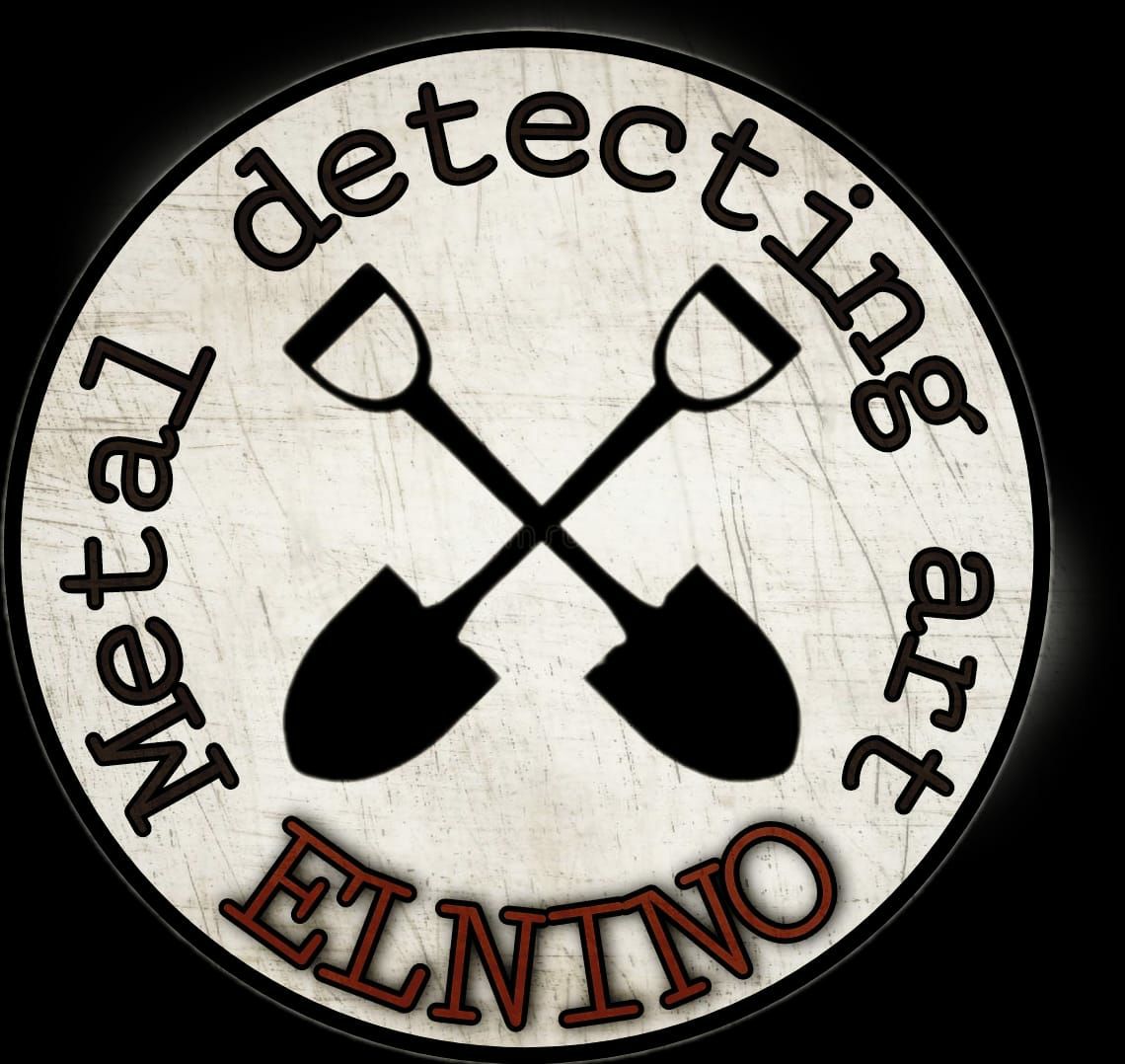
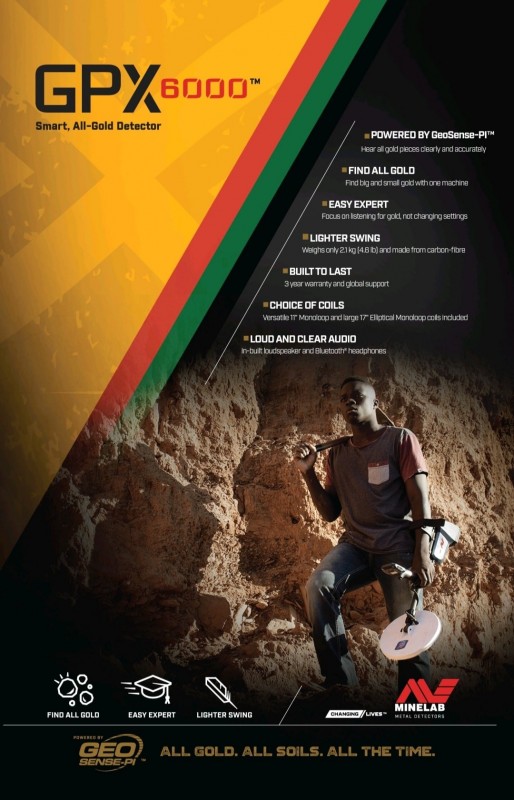
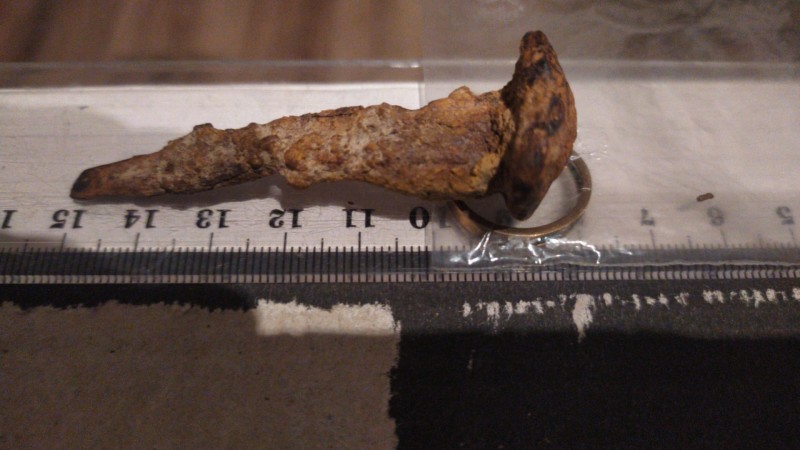
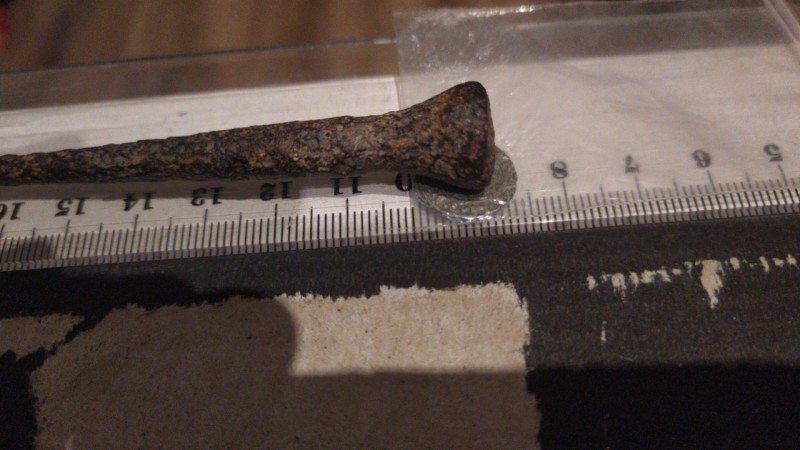
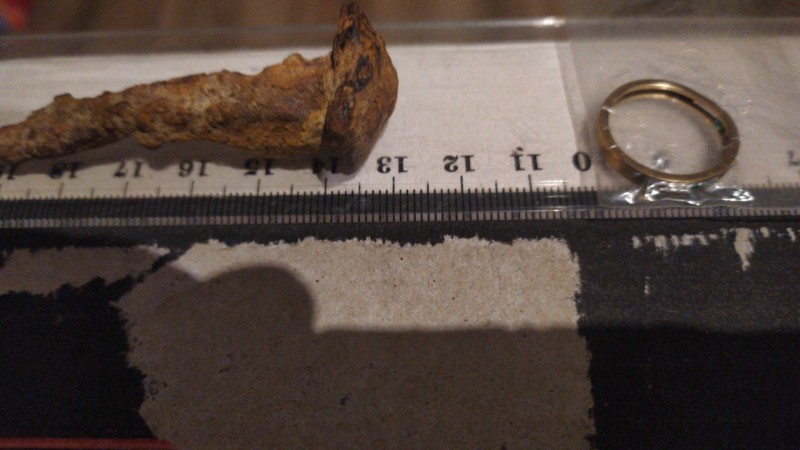
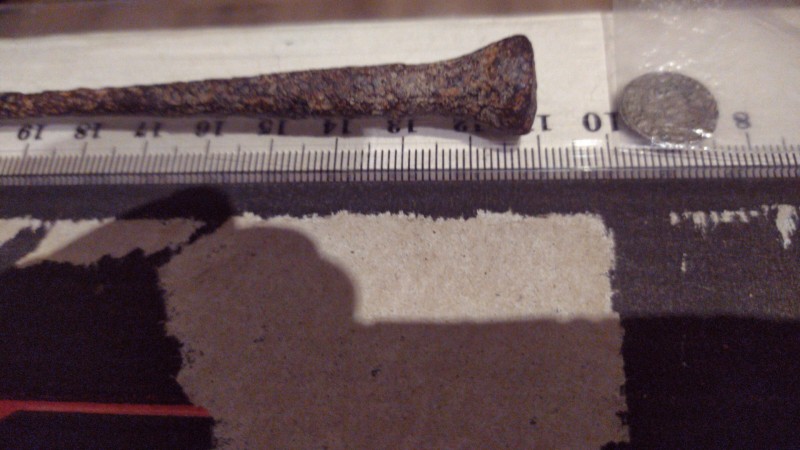
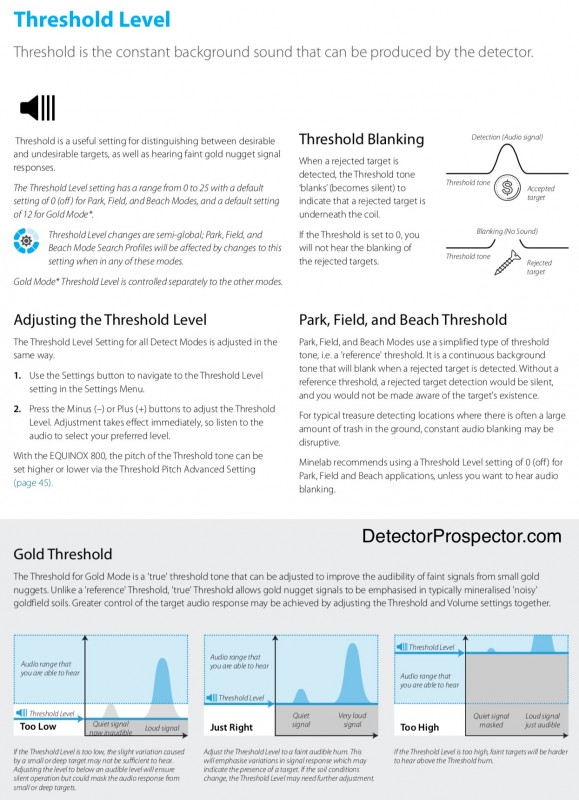
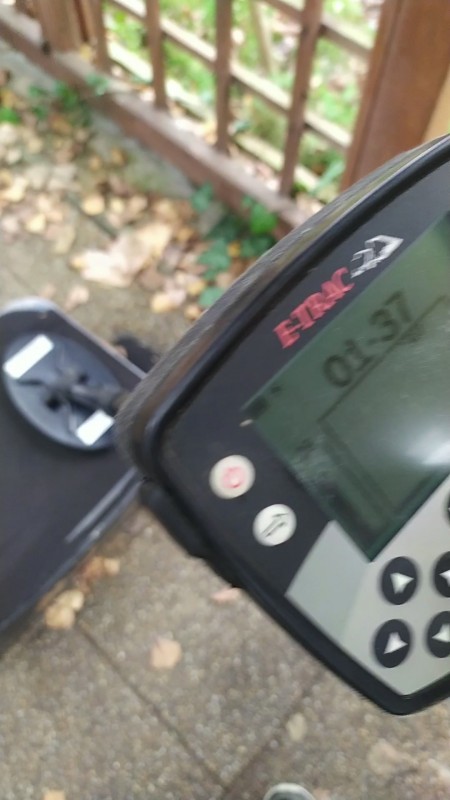
.thumb.jpg.f248c6a3b4c1112a6b6d483a35891e4e.jpg)
.thumb.jpg.8750a95d790b1ff307a45e7b67c0b02c.jpg)
.thumb.jpg.8885cba884e7846138367eac95f7b255.jpg)
